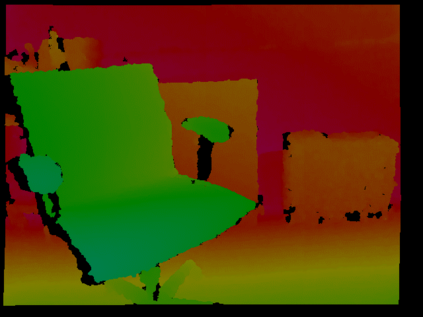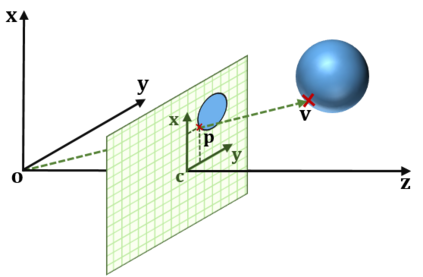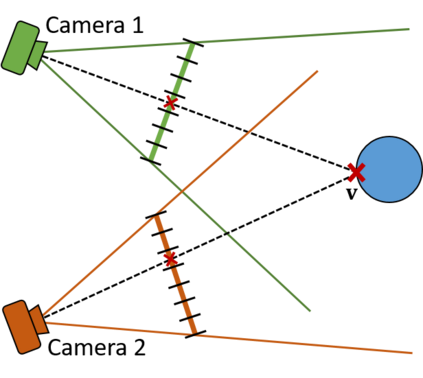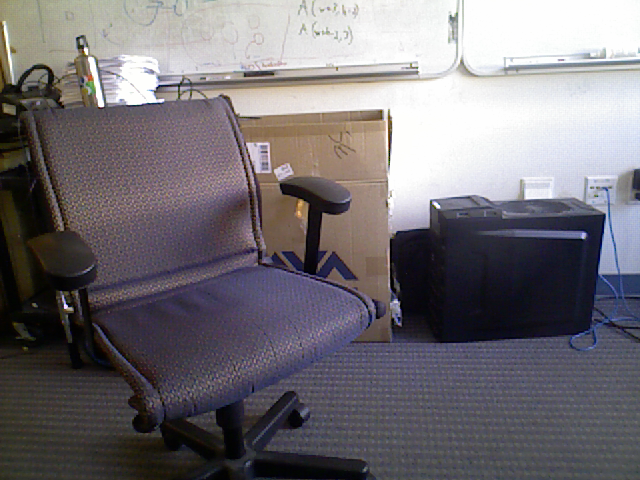Over the past ten years we have seen a democratization of range sensing technology. While previously range sensors have been highly expensive and only accessible to a few domain experts, such sensors are nowadays ubiquitous and can even be found in the latest generation of mobile devices, e.g., current smartphones. This democratization of range sensing technology was started with the release of the Microsoft Kinect, and since then many different commodity range sensors followed its lead, such as the Primesense Carmine, Asus Xtion Pro, and the Structure Sensor from Occipital. The availability of cheap range sensing technology led to a big leap in research, especially in the context of more powerful static and dynamic reconstruction techniques, starting from 3D scanning applications, such as KinectFusion, to highly accurate face and body tracking approaches. In this chapter, we have a detailed look into the different types of existing range sensors. We discuss the two fundamental types of commodity range sensing techniques in detail, namely passive and active sensing, and we explore the principles these technologies are based on. Our focus is on modern active commodity range sensors based on time-of-flight and structured light. We conclude by discussing the noise characteristics, working ranges, and types of errors made by the different sensing modalities.
翻译:在过去的十年中,我们目睹了范围遥感技术的民主化。虽然以前范围的传感器费用很高,而且只有少数领域的专家可以使用,但现在这种传感器是无处不在的,甚至可以在最新一代移动设备中找到,例如目前的智能手机。这种范围遥感技术的民主化始于微软Kinect的释放,自此以后,许多不同的商品范围传感器遵循了它的领导,例如Prissense Carmine、Asus Xtion Pro和Occispital的结构传感器。廉价范围的遥感技术的提供导致研究的飞跃,特别是在更强大的静态和动态重建技术方面,从KinectFusion等3D扫描应用程序开始,到非常准确的面部和身体跟踪方法。在本章中,我们详细研究了不同类型的现有范围传感器。我们详细讨论了两种基本类型的商品范围遥感技术,即被动和主动的遥感,我们探索了这些技术所依据的原则。我们的重点是基于飞行时间和结构上的现代活跃的商品范围传感器。我们通过讨论噪音的种类和感测,从而得出了不同的方式。











